What is high density foam?
Have you ever wondered what the bottom layer of your new memory foam mattress was made of? Well, more often than not – it’s made from high density foam! High density foam is not your everyday, regular memory foam. Usually found at the bottom of our mattresses, itis a very firm foam that you will rarely found making up the entirety of a mattress.
High density foams aren't the first choice when it comes to comfort, but on the other hand, if you need stability and all-around support – look no further. HD foam layers can be found not only as a part of a memory foam mattress but you can also find inside hybrid or innerspring mattresses. With that being said, let us dig a little bit deeper into the world of this material and see what else can we learn about it. Shall we?
Where do we use high density foam?
As we previously stated, it is used in various products and is not limited to mattresses. To better understand just how versatile it is, we are going to tell you a little bit about where you expect to find it.
Mattresses
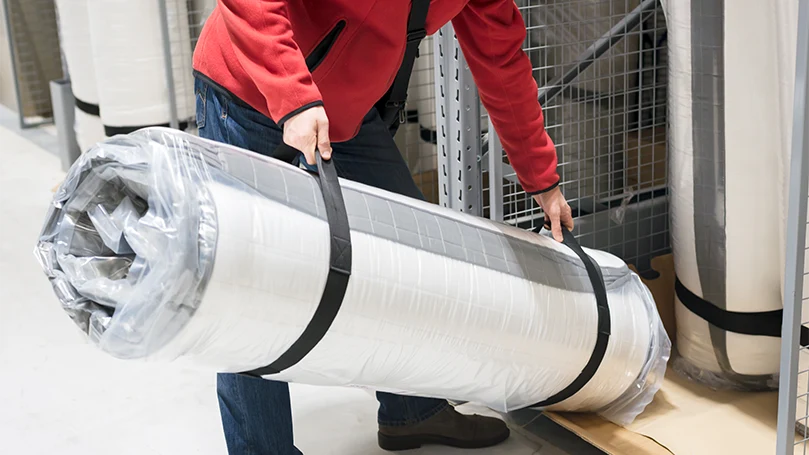
Naturally, we have to start with mattresses. As we’ve previously mentioned, HD foam is often used to manufacture a base or a support layer for memory foam, hybrid or an innerspring mattress, although the latter is not as common as the first two.
What you can expect from its base or a support layer is excellent durability and a substantial level of support. Not only will it support your body, but it will also maximise motion isolation, improve circulation and offer pressure and back pain relief.
Depending on whether we’re dealing with high density polyfoam or memory foam, the price and quality of the mattress can significantly vary.
Sofa & sofa cushions
Another place where you can find high density memory foam is in the best sofas and sofa cushions. The reason why we use it instead of regular is mostly because of durability but also support.
When you’re sitting on a sofa, the whole weight of your body is residing on a relatively small surface, as opposed to the evenly spread body weight as you're lying, which means you need something a little bit firmer and a lot more durable if you don't want your cushions to develop imprints in a matter of weeks. Fibre filled cushions will definitely leave your sofa with imprints due to low level of firmness.
In general, the HD foam found in the sofa foam cushions is rated between 1.5 and 2.5 on a density scale. This number, which we often see in upholstery foam sheets labels, represents pounds per cubic ft. of foam.
Chair cushions
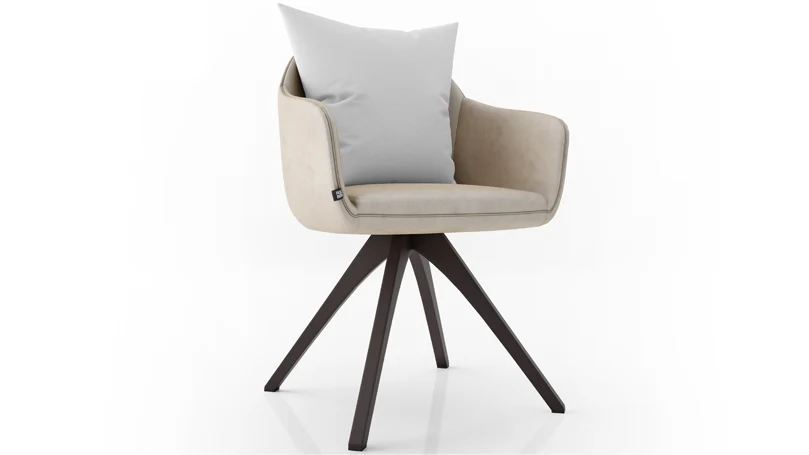
When it comes to HD foam and chair cushions, the situation is pretty much the same as it is with sofa cushions. Upholstery foam grades vary from low and high density, depending on the needs.
We are looking at a high density, high resilience foam that is capable of withstanding bodyweight pressure for an extended period of time and is also capable of reverting back to the original state without any problems.
Once again, the medium density foam used is also commonly rated between 1.5 and 2.5 on the foam density scale.
Bay windows
Bay windows are a great place where you can lounge and relax after a long hard day. But, since it wouldn’t be too comfortable sitting on bare wood, you’d usually buy a cushion.
Once again, since we’re in need of something soft, supportive and comfortable for the window seats, instead of going with a low-quality, cheap sponge cushion, we’d look into high density memory foam cushion. High density upholstery foam is often used for a “thicker” cushions to provide more softness and comfort.
On the other hand, if you don’t have the tools or the will to do any of this, you may just find a specialist disposal company that doesn’t mind doing the exact same thing and just letting them handle it. As we’ve said, the end result is the same, so just choose whichever one seems fit. Still, some mattress retailers will give you a replacement mattress at the lower price tag.
Pet beds
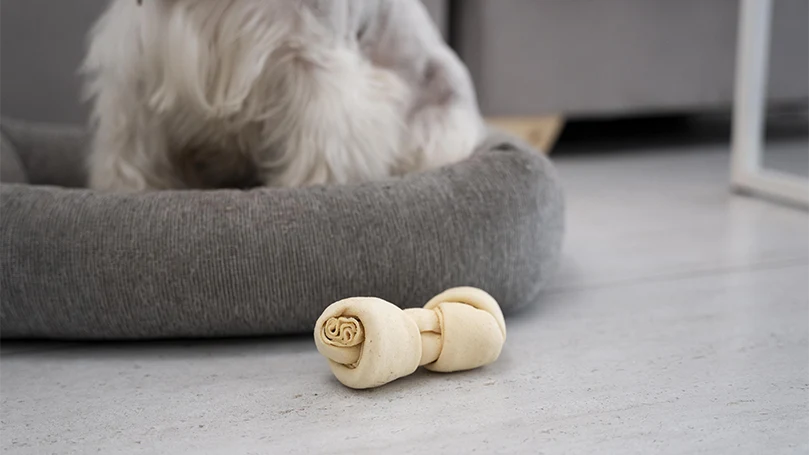
Another place where you can commonly find itis in pet beds. Bet beds need to be two things – waterproof and durable. Comfort is also a factor, and when it comes to pets, HD foam is more than comfortable.
The main reason for putting this material in pet beds is certainly durability. Foam isn’t water-resistant on its own, but pet beds are commonly covered in waterproof polyester covers, so that is how that problem is solved. We have a full guide on choosing a pet's bed so take a look if you are on the hunt for the new bed for your pet.
Tips for buying and using high density foam
Let's say you're looking to buy this material so that you can make your own cushions for a sofa or a chair.
The first thing you should do is find the right density – the one that matches your needs. If you need something extra durable, perhaps for a coffee shop outdoor seating, you might want to take a look at something that’s high resilience and high density, so it stays in great shape for an extended period of time.
Next up, you want to make sure the foam you’re using is up to standards. The certification you should look out for is CertiPUR. A CertiPUR certified HD foam is free of all possible harmful substances and is safe to be used by humans.
Finally, don’t mistake the density and the firmness. They’re not heavily dependent on one another. Before making a choice, you should measure a density of memory foam. You could have HD foam that is as soft as a cloud and as firm as a rock. Know what you want and if you are not sure about something – ask around or do your research.
- Get high-quality material
- Get CertiPUR certified HD foam
- Understand that density and firmness are not the same.
High density foam advantages
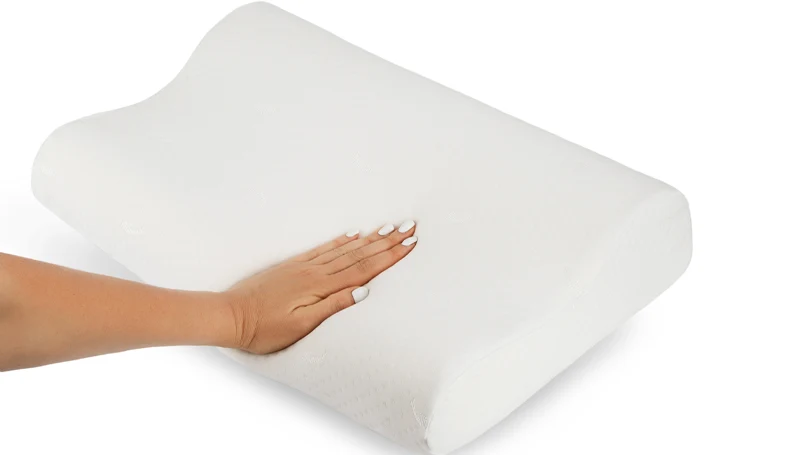
Let’s focus on the scenario where you need high density foam for cushions for a sofa or a chair or a mattress with a HD foam base, so we can better explain the advantages and benefits of high density foam.
The first and most obvious advantage of the high density foam is its durability. The reason why it is more durable than regular foam is right there in the name – it's the density. It is compact in nature, and the denser it is – the more durable it is. Essentially, more foam per cubic inch results in a much more durable product.
Next up, we have contouring. This might seem counterintuitive, but once again, just because foam is denser doesn't mean it's firmer. As a general rule of thumb, remember this – the denser the foam, the better the contouring. This is precisely why a thick layer of high density foam is often used as a base layer and exactly why it’ll be better for sitting or lounging on a sofa for an extended period. To sum things up:
- It’s more durable than other foams
- It contours great
- Consistent shape retention
- It's excellent at isolating motion.
Conclusion
In conclusion, while memory foam sounds like a much better selling point, high-density foam is equally as important! After all, high-density foam does all the heavy lifting when it comes to both durability and stability – both of which are essential when making a good mattress.
Spread the word
FAQs about high density foam
In the end, we’ve wanted to wrap things up by answering some of the most frequently asked questions about high density foam.
It depends. A mattress made entirely out of HD foam wouldn't be comfortable, but a cushion for a lounge chair would. It is far from uncomfortable, but it has its limitations.
No. If it’s created according to rules and regulations, HD foam isn't toxic. As we've said, look for the CertiPUR certification, and you will be safe.
HD foam is an excellent choice for a sofa because it's durable, highly resilient and it contours perfectly around your body.
No. The density of the foam is not directly related to the firmness of the foam.
It depends on the quality. You can expect a high density foam upholstery seat cushions to last anywhere between five to ten years.
Yes, a little bit. All foams sag; only high density foam sags considerably less compared to regular memory foam as it is such foam grade that is not prone to sagging that much.
There are different foam grades. Yes, you can find light density foam, suitable for mattresses that provide greater level of sinking, for example. Also, there is a soft medium density foam that is a bit firmer, often found in domestic seating cushions.

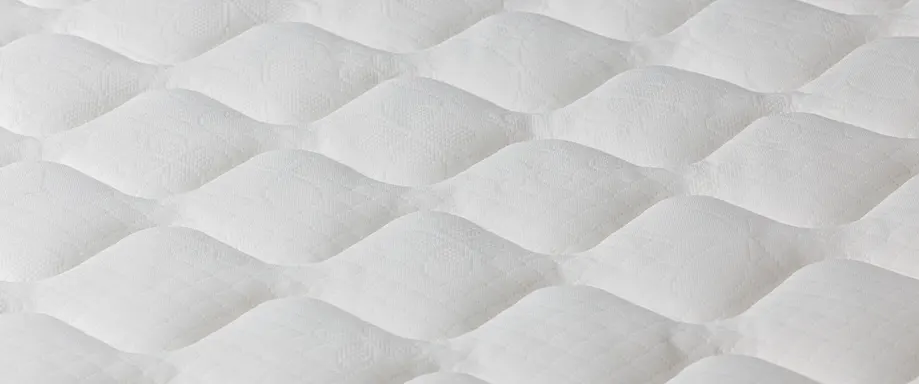
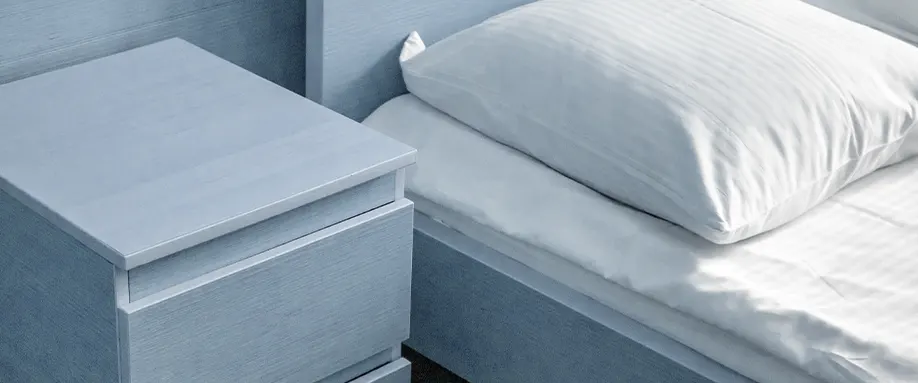



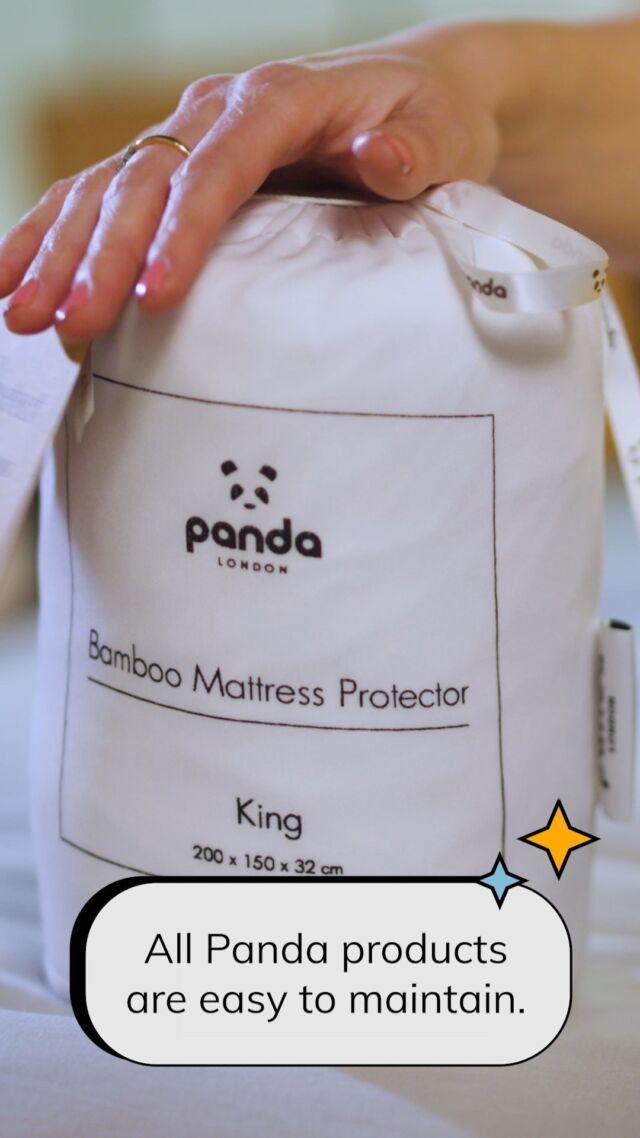

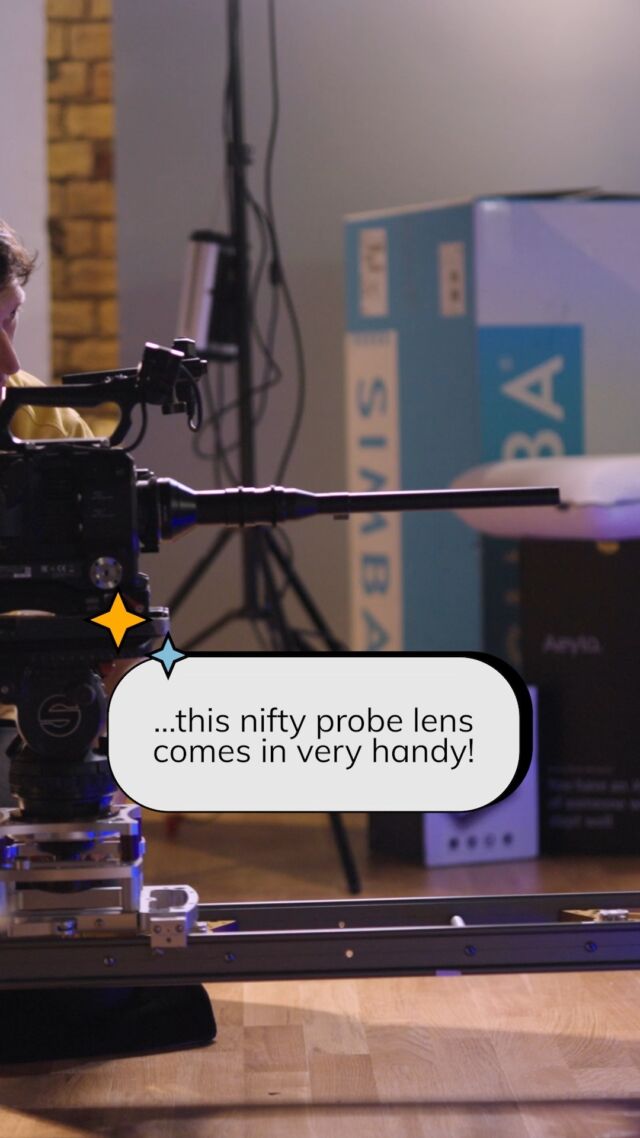




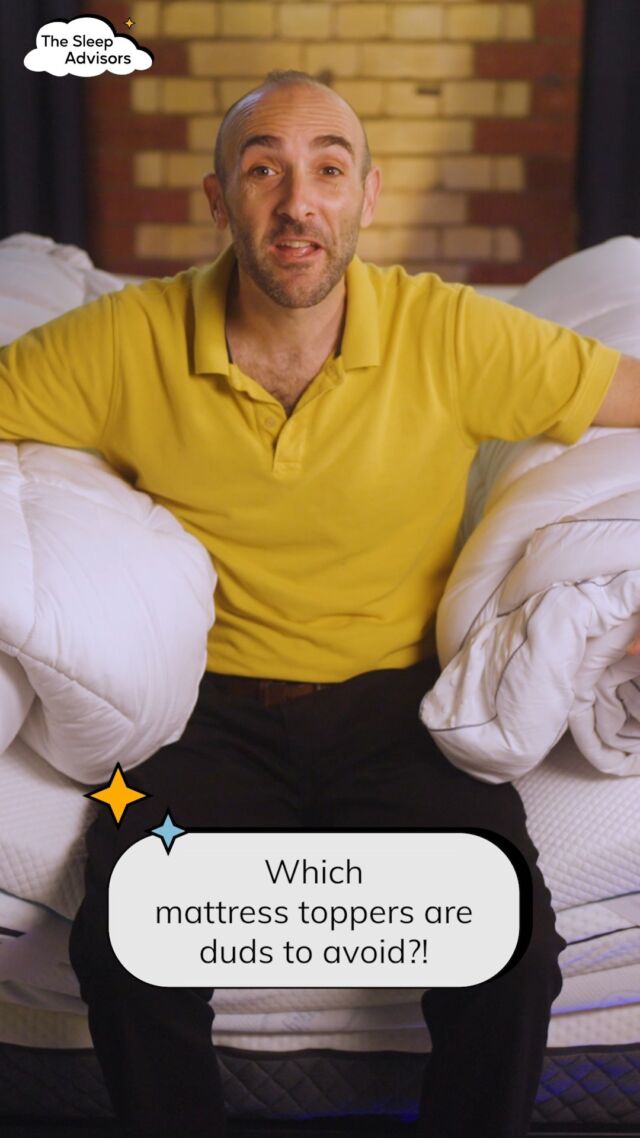

There are no comments yet
"*" indicates required fields